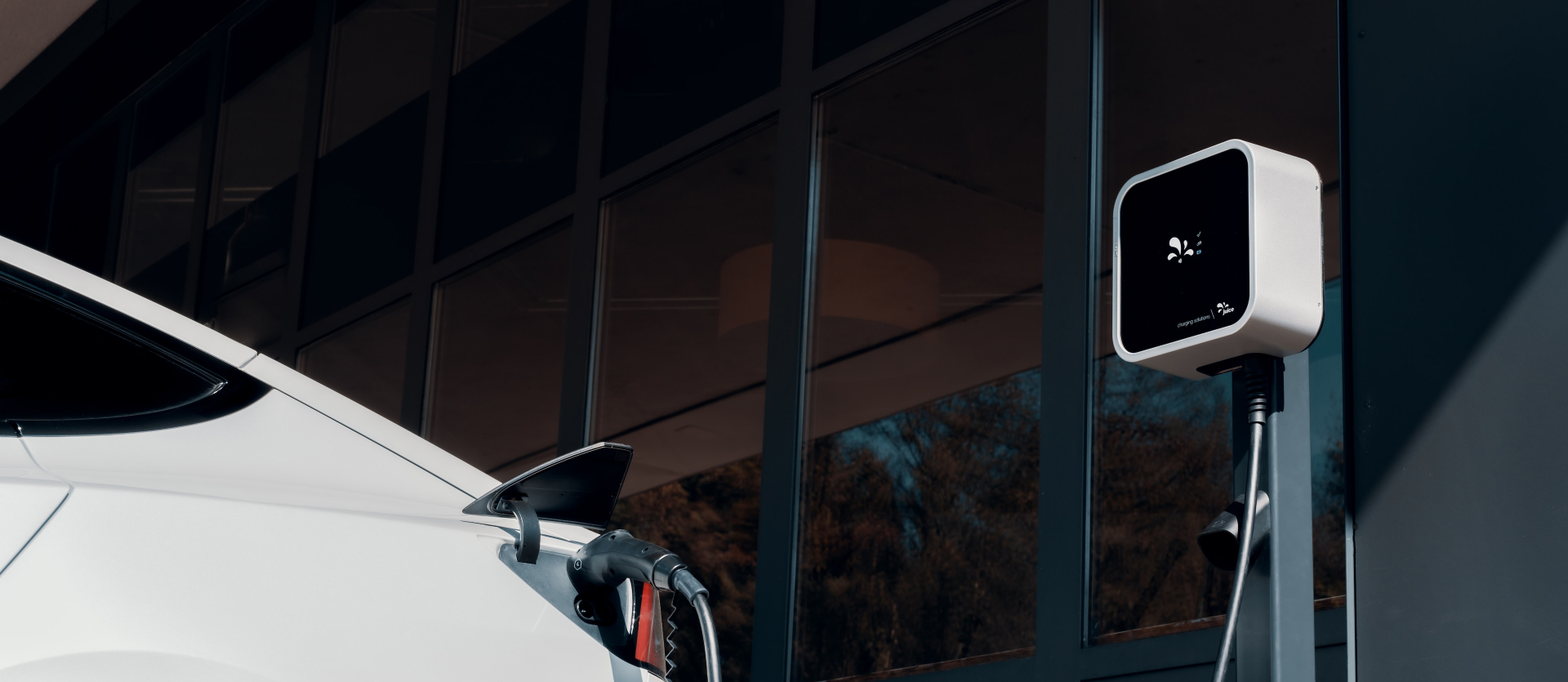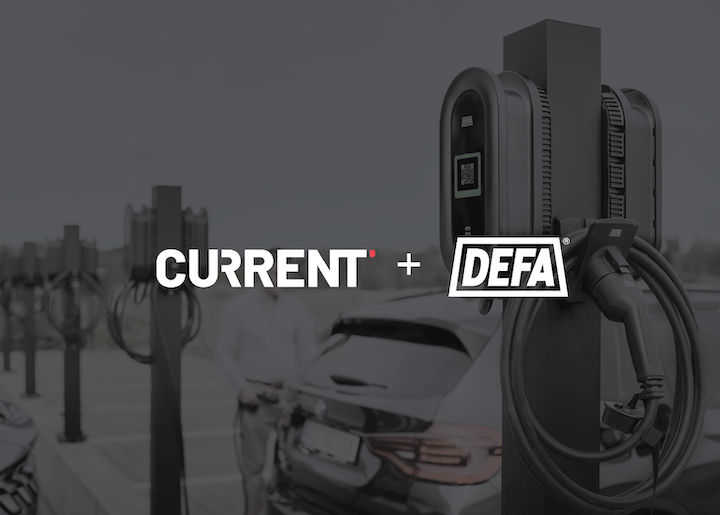
As information about EV charging technology spreads and its complexity grows, smart charging is becoming a topic of discussion. Your customers may be increasingly asking about smart charging, too, which means you need to know what it is, how to implement it, and the benefits it will bring.
What is smart charging?
Smart charging focuses on the connectivity of a device and enables the ability to control when power is being transferred to the vehicle that’s on charge. The idea is that energy is used more efficiently as a result. Using smart charging, a charger can be set up to not charge during peak demand time slots, meaning that stress on the energy grid is reduced. This also saves money for the vehicle owner.
Smart charging also unlocks total visibility over how a charger is operating. This means troubleshooting and general maintenance can be undertaken remotely, saving precious time – and therefore money – that would otherwise be spent on-site manually making changes.
As an added benefit, smart charging allows the vehicle owner to choose to use renewable energy as their priority, which also lessens the reliance on the grid.
Smart charging also opens up the possibility of bi-directional charging – also known as Vehicle-to-Grid (V2G) – where energy from the vehicle can be stored and sent back to the grid where necessary. V2G, in turn, creates future opportunities with Vehicle-to-Everything (V2X), which expands the energy flow beyond just the vehicle and the grid.
When it comes to exploring these possibilities with customers, it’s worth noting that the benefits include lower costs for every part of the chain, as well as the potential to have vehicles help power any buildings they might also be managing, and playing a part in the overall improvement of EV infrastructure and a struggling electrical grid.
Choosing hardware
When it comes to hardware, the most important thing to consider is making sure the hardware you adopt is software-agonistic. This means that the hardware can be operated by different vendors, and any software that’s not fit for purpose can be easily changed.
EV charging software won’t stop evolving any time soon; it will only become smarter. Changing the hardware to accommodate the latest charge point management software is an expensive and more time-intensive process, so installing the right hardware should be a priority.
It’s also extremely important for hardware to be Open Charge Point Protocol (OCCP) compliant. OCCP standardizes the way the charger communicates with vehicles and management systems, meaning functionality, interoperability, and useability are all streamlined and consistent. OCCP compliance really future-proofs your chargers and, as a result, your business.
Some regions require chargers to have smart functionality by law. This is the case in the UK, and the rules include a necessity for electricity supplier interoperability so that the smart functionality remains even if the supplier changes. Compliance also demands continued charging even if the charge point isn’t connected to a communications network and alliance with specific cybersecurity standards.
While most chargers don’t yet have to have smart charging capabilities by law, possible future policy changes could lead to this in order to help manage grid congestion.
Choosing software
To take advantage of the proper hardware, your chosen software platform should also be built on OCCP compliance so that it works most effectively with the hardware. CURRENT has done exactly this with its Smart Charging platform, so it’s compatible with any OCCP-compliant hardware and adds smart charging capabilities even to existing charge points.
Benefits to installers
There are so many advantages to smart charging for your business, including:
- Future-proofing your charging business using technology that opens up the potential for more advanced features
- Expanding your offering to make you an even more appealing choice to existing and potential customers
- Unlocking the possibilities of V2G and V2X for the modern customer
- Enabling optimization of charging times and better control over energy use, making smart charging more appealing and therefore giving installers more work
- Allowing clearer monitoring of charging
- Helping businesses achieve decarbonization goals
- Ability to troubleshoot and check the charger status remotely, minimising costly physical interventions (vitally important if you have a service/maintenance agreement)
With the EV infrastructure increasingly demanding higher levels of technological advancement to keep up with how this industry is evolving, it’s becoming a necessity for installers to not just keep up with these changes, but lead the change.
To learn more about smart charging and how it can benefit you, read our How to Maximise Business as a Charge Point Installer whitepaper.



